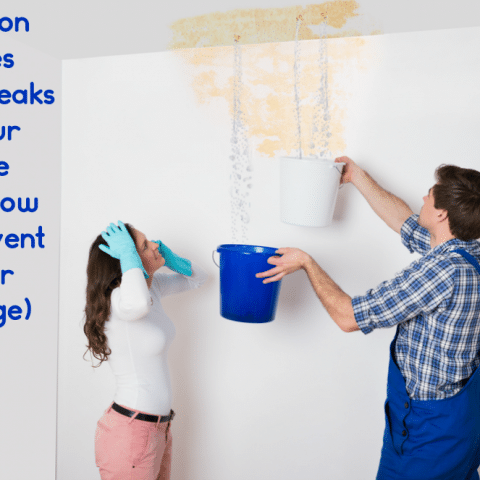Unveiling Hidden Water Line Leaks: Six Proven Detection Tricks
Unveiling Hidden Water Line Leaks: Six Proven Detection Tricks
Blog Article
The writer is making a number of good pointers relating to Hacks to detect leaks overall in the content beneath.

Early detection of leaking water lines can mitigate a prospective disaster. Some tiny water leakages might not be visible.
1. Analyze the Water Meter
Every residence has a water meter. Examining it is a proven manner in which aids you discover leaks. For starters, turn off all the water sources. Guarantee nobody will certainly purge, make use of the faucet, shower, run the washing machine or dishwasher. From there, go to the meter and watch if it will alter. Considering that no person is utilizing it, there need to be no activities. If it relocates, that shows a fast-moving leakage. Furthermore, if you detect no changes, wait an hour or two and examine back once more. This suggests you might have a sluggish leak that could even be underground.
2. Inspect Water Consumption
If you detect abrupt modifications, in spite of your consumption being the very same, it indicates that you have leaks in your plumbing system. A sudden spike in your bill shows a fast-moving leakage.
A constant boost every month, even with the exact same practices, reveals you have a slow-moving leak that's also gradually escalating. Call a plumber to extensively inspect your residential or commercial property, specifically if you really feel a warm location on your floor with piping below.
3. Do a Food Coloring Test
When it comes to water consumption, 30% comes from bathrooms. If the shade in some way infiltrates your bowl during that time without flushing, there's a leakage between the storage tank as well as dish.
4. Asses Outside Lines
Do not forget to check your outdoor water lines as well. Must water permeate out of the link, you have a loose rubber gasket. One small leak can lose heaps of water and also increase your water bill.
5. Examine the scenario and also check
House owners need to make it a practice to check under the sink counters and even inside cabinets for any bad odor or mold and mildew development. These two red flags indicate a leak so punctual focus is needed. Doing routine assessments, also bi-annually, can save you from a significant trouble.
Inspect for stainings as well as deteriorating as a lot of appliances and also pipelines have a life span. If you think leaking water lines in your plumbing system, do not wait for it to rise.
Early discovery of dripping water lines can reduce a possible catastrophe. Some little water leakages might not be visible. Checking it is a surefire way that helps you uncover leakages. One small leak can lose lots of water as well as spike your water bill.
If you suspect dripping water lines in your plumbing system, don't wait for it to rise.
WARNING SIGNS OF WATER LEAKAGE BEHIND THE WALL
PERSISTENT MUSTY ODORS
As water slowly drips from a leaky pipe inside the wall, flooring and sheetrock stay damp and develop an odor similar to wet cardboard. It generates a musty smell that can help you find hidden leaks.
MOLD IN UNUSUAL AREAS
Mold usually grows in wet areas like kitchens, baths and laundry rooms. If you spot the stuff on walls or baseboards in other rooms of the house, it’s a good indicator of undetected water leaks.
STAINS THAT GROW
When mold thrives around a leaky pipe, it sometimes takes hold on the inside surface of the affected wall. A growing stain on otherwise clean sheetrock is often your sign of a hidden plumbing problem.
PEELING OR BUBBLING WALLPAPER / PAINT
This clue is easy to miss in rooms that don’t get much use. When you see wallpaper separating along seams or paint bubbling or flaking off the wall, blame sheetrock that stays wet because of an undetected leak.
BUCKLED CEILINGS AND STAINED FLOORS
If ceilings or floors in bathrooms, kitchens or laundry areas develop structural problems, don’t rule out constant damp inside the walls. Wet sheetrock can affect adjacent framing, flooring and ceilings.
https://www.servicemasterbyzaba.com/blog/how-to-detect-water-leakage-in-walls/

Do you really like reading up on Top leak detection hacks? Write feedback further down. We will be glad to listen to your views about this posting. Hoping to see you back again before long. For those who enjoyed our blog post please don't forget to share it. I take joy in reading our article about Top leak detection hacks.
Emergency? Dial immediately. Report this page